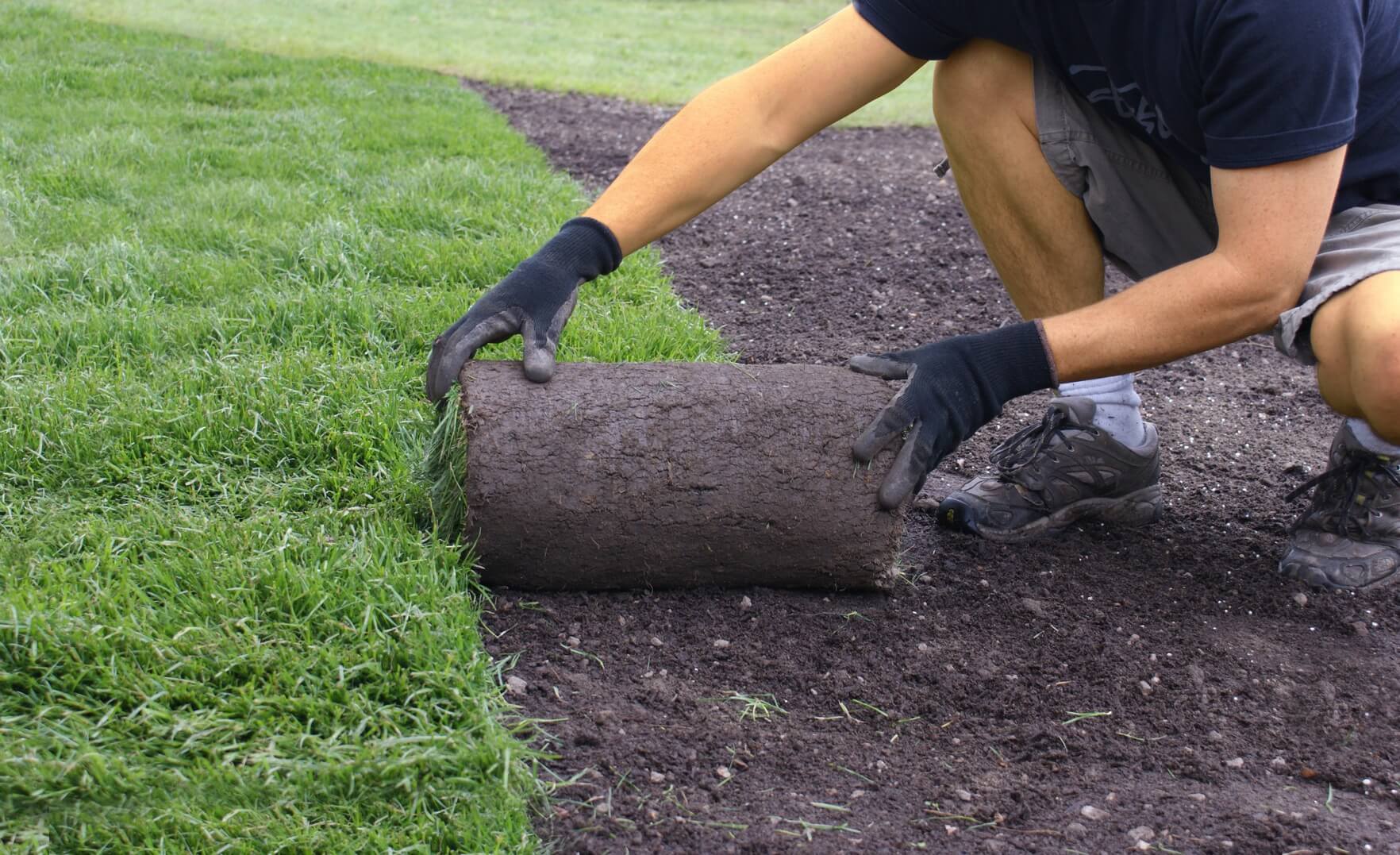
St. Augustine Sod: All About Variety
It’s springtime! That means revitalizing your lawn. If you live in Florida, then you know that it’s not an easy task. Spreading a few seeds across the yard won’t cut it. This is why most homeowners invest in sod to make their yards look amazing throughout all seasons. If you’re thinking about sprucing up your yard, then now is the time. The Spring months are the perfect time to get your sod nestled into the ground and firmly planted before the hot summertime hits. The question that most property owners have is which type of sod is the best for the Central and Eastern Florida area.
St. Augustine is The Expert’s Choice for Residential Properties
Experienced landscapers and sod growers recommend St. Augustine Sod. St. Augustine creates a lush green palette for your entire lawn. St. Augustine produces coarse, dark-green, three-inch blades that grow at an accelerated rate during peak seasons like Spring and Summer. It is a flexible type of grass that can thrive in the sun, yet grow heartily in the shade. St. Augustine does need to be watered on a regular basis, especially during hot drought periods.
St. Augustine Sod Offers Variety for Almost Any Lawn
One of the greatest benefits to sod is that it offers unmatched variety. There are different types of St. Augustine grass that produce various colors and textures. The wide array of grass styles will suit almost any taste and help you fine-tune your lawn design to your exact specifications. Below is a list of variations of St. Augustine Grass that you can choose from for your home or business.
- Floratam St. Augustine. This hugely popular grass is widely used throughout Florida and is a common addition to most lawns throughout the Gulf Coast. Introduced through a partnership of Florida and Texas A&M universities in 1973, Floratam is an affordable choice for property owners, and it seems to last forever.
- Seville St. Augustine. Displaying a rich, dark green color and a fine-leaf build, Seville St. Augustine is an exquisite sod that highlights all other colors in your yard while providing a solid bed that is even across the lawn in both tone and height.
- Palmetto St. Augustine. If you’re looking for a low maintenance solution for your yard, then Palmetto St. Augustine is your best option. Palmetto is different from some its relatives in that it sports a luminescent emerald green color that reflects the sunlight with a bright hue. Palmetto grows well in areas where there’s a balance between sunlight and shade. Homeowners love it because of its long lasting qualities.
- Captiva St. Augustine. If variety is what you’re looking for then Captiva St. Augustine may be for you. Another product of the University of Florida, Captiva is actually a great insect repellant as it is offensive to the chinch bug. Like Palmetto, St. Augustine is low maintenance, but it is because Captiva is a slow grower. It also has a tolerance to shade and is the best option for growing under the trees. Captiva has a fine texture and feels good to the feet.
- Sapphire St. Augustine. If you’re at your wit’s end with trying to get your grass to grow, but seem to have no luck, then Sapphire St. Augustine will give you the yard you’ve always wanted. Of all other types of St. Augustine grass, Sapphire has the highest performance and can withstand almost any environmental condition. It has a surprisingly soft texture and a beautiful blue-green shade that instantly improves your home’s curb appeal. Sapphire has remarkable durability and requires very little maintenance. You will love how well it performs and looks on your lawn.
Which St. Augustine Grass is Right For You
Before purchasing St. Augustine grass, there are a few things to consider (other than your budget). The first item on the list should be the topography of your landscape. It is a good idea to have a professional take a sample of your yard to find out what is in it. Once you have your soil tested, then it’s a matter of your own personal taste. What qualities of grass do you like best? Texture? Color? Low maintenance? It’s really a matter of what is the best match in your yard and how you want your grass to look as well as how well you want it to perform.